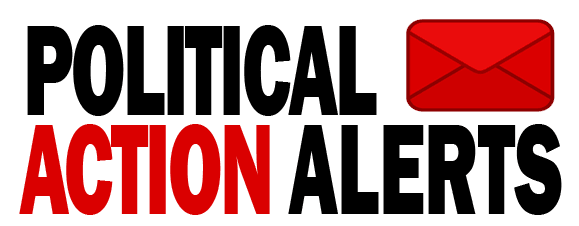In a world where artificial intelligence is all the rage, President Trump has made his grand entrance into the AI race with a decisive action plan. The man who can turn a simple tweet into a global headline has now set his sights on ensuring America doesn’t just participate, but dominates this technological race. By signing several executive orders, Trump aims to boost innovation and promote American technology on the global stage, all while taking a side-swipe at the ever-loathed red tape and unnecessary regulations that have kept industry shackled for far too long.
For those who remember simpler times, when “AI” referred to a 2001 Spielberg movie, the thought of artificial intelligence making its way into our daily lives might sound straight out of a sci-fi novel. However, according to President Trump, the U.S. must lead the way in AI, making sure that America remains the land of opportunity – even if that opportunity is now for robots. The plan emphasizes accelerating AI innovation, building the necessary infrastructure, and promoting rapid development while conveniently easing those rather burdensome American regulations. Could this mean the end of the line for those incessant diversity initiatives and green energy requirements that seem to weigh industries down more than they help? Time will tell.
The new strategy isn’t just about technological prowess. It’s also about securing America’s position as a trailblazer while giving China and others a run for their money. Heritage Foundation fellow EJ and Tony highlight that ditching the liberal talking points and getting to the core of what makes the economy tick—competition and innovation—will push America forward in the AI race. They suggest that this plan is not just positive for the AI industry but will send ripples throughout the broader economy.
Grasping how AI will affect day-to-day life can be a tough ask, especially for those not buried in the world of microchips and algorithms. Unlike electric hand tools, whose uses became apparent over time, AI applications may still be emerging. As new uses for AI are discovered daily, the potential for efficiency gains and higher wages for American workers seem promising. But until robots start joining unions, it’s hard to predict the full extent of AI’s impact on the job market.
As if pioneering the AI frontier wasn’t enough, eyes are also on an E.U. trade deal approaching its make-or-break August 1 deadline. Economic naysayers have repeatedly predicted doom and gloom, only to be proven wrong time and again. If this trade deal is signed, expect even more credit to roll in for the Trump administration. The economy might just be ready to put its foot on the gas, ensuring the only overheating this summer will be the weather—not the economy. With all eyes on the president’s moves, it’s clear that under his guidance, the U.S. economy is poised to strut its stuff, AI in hand, and the rest of the world struggling to keep up.




